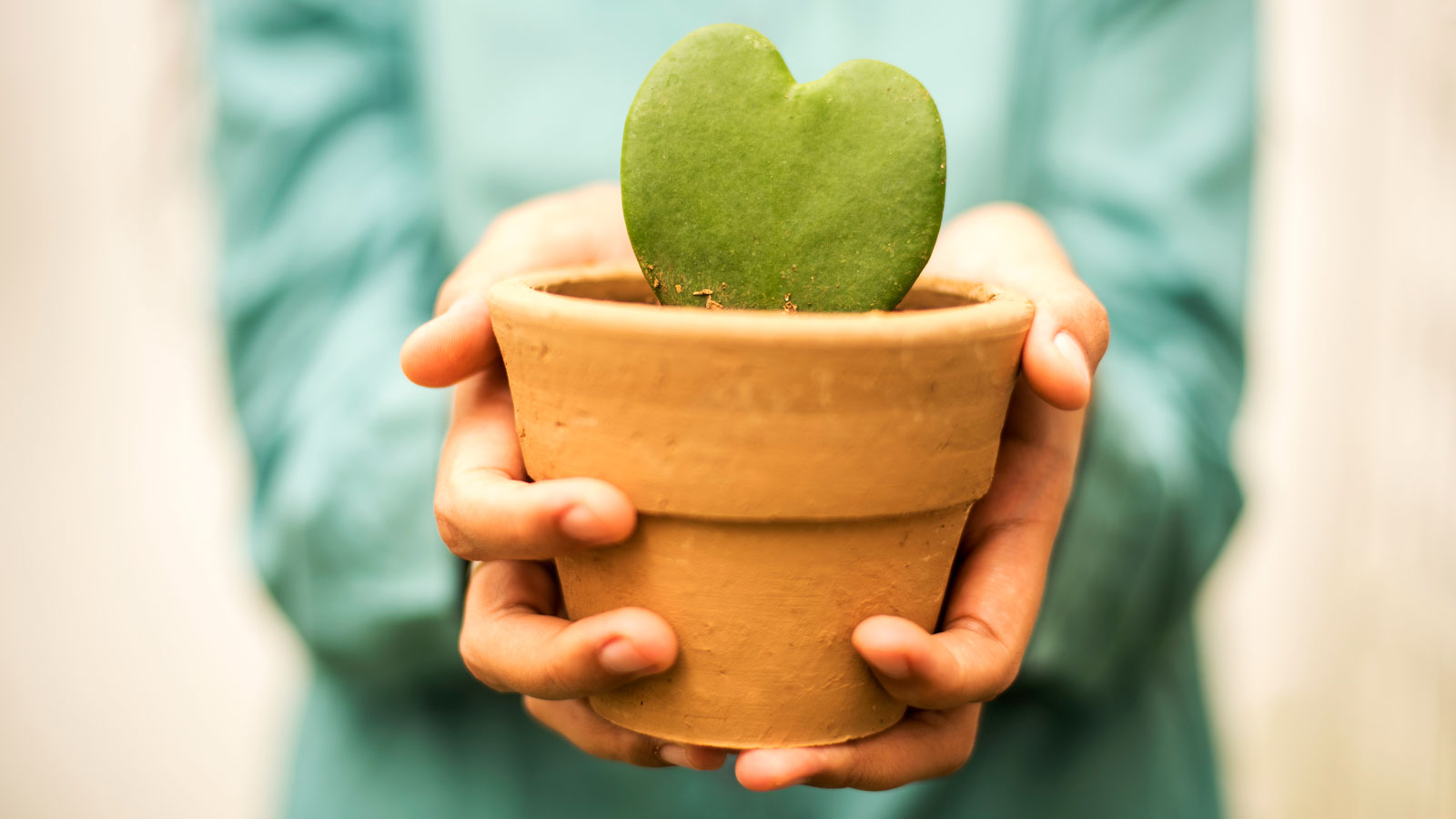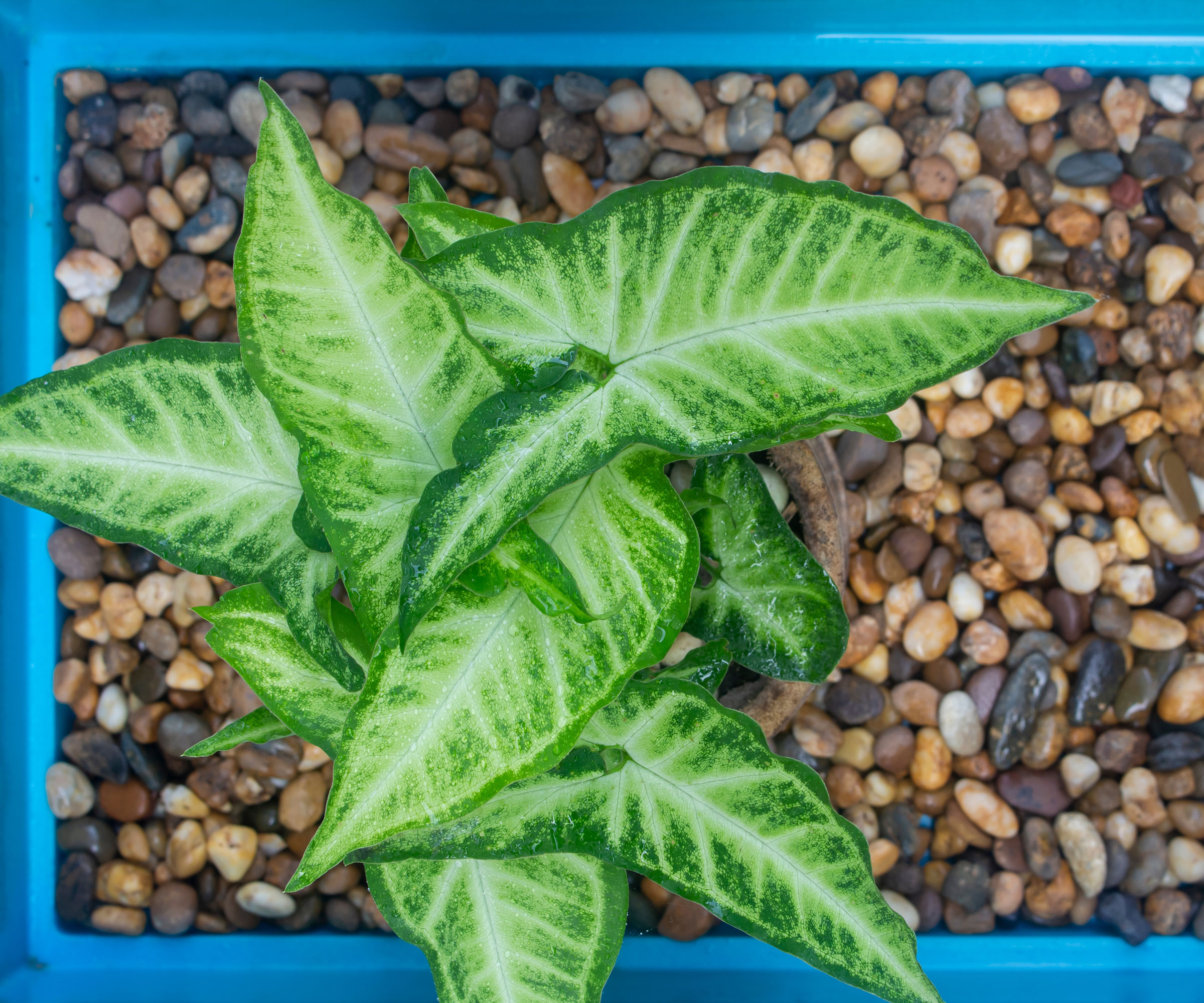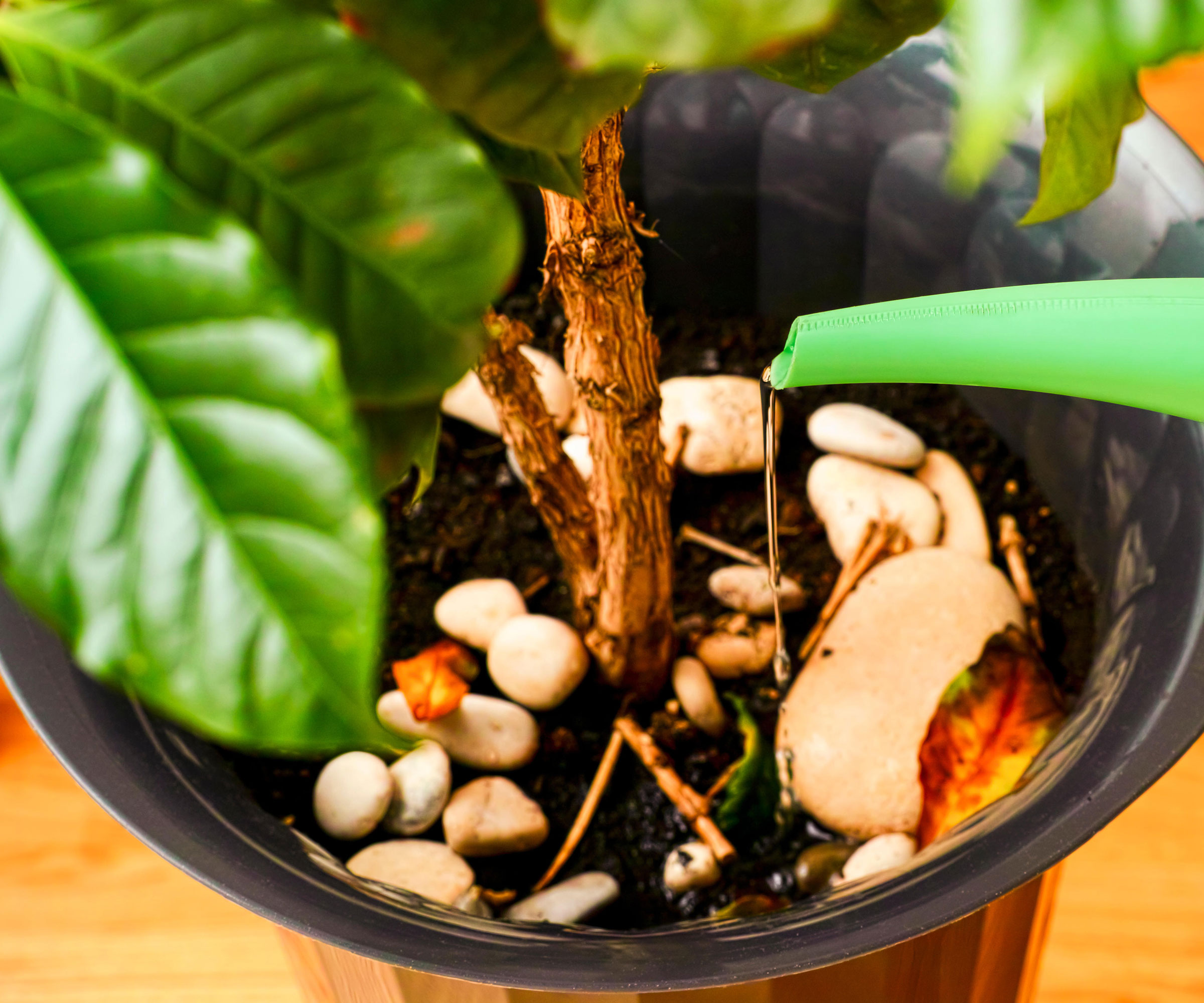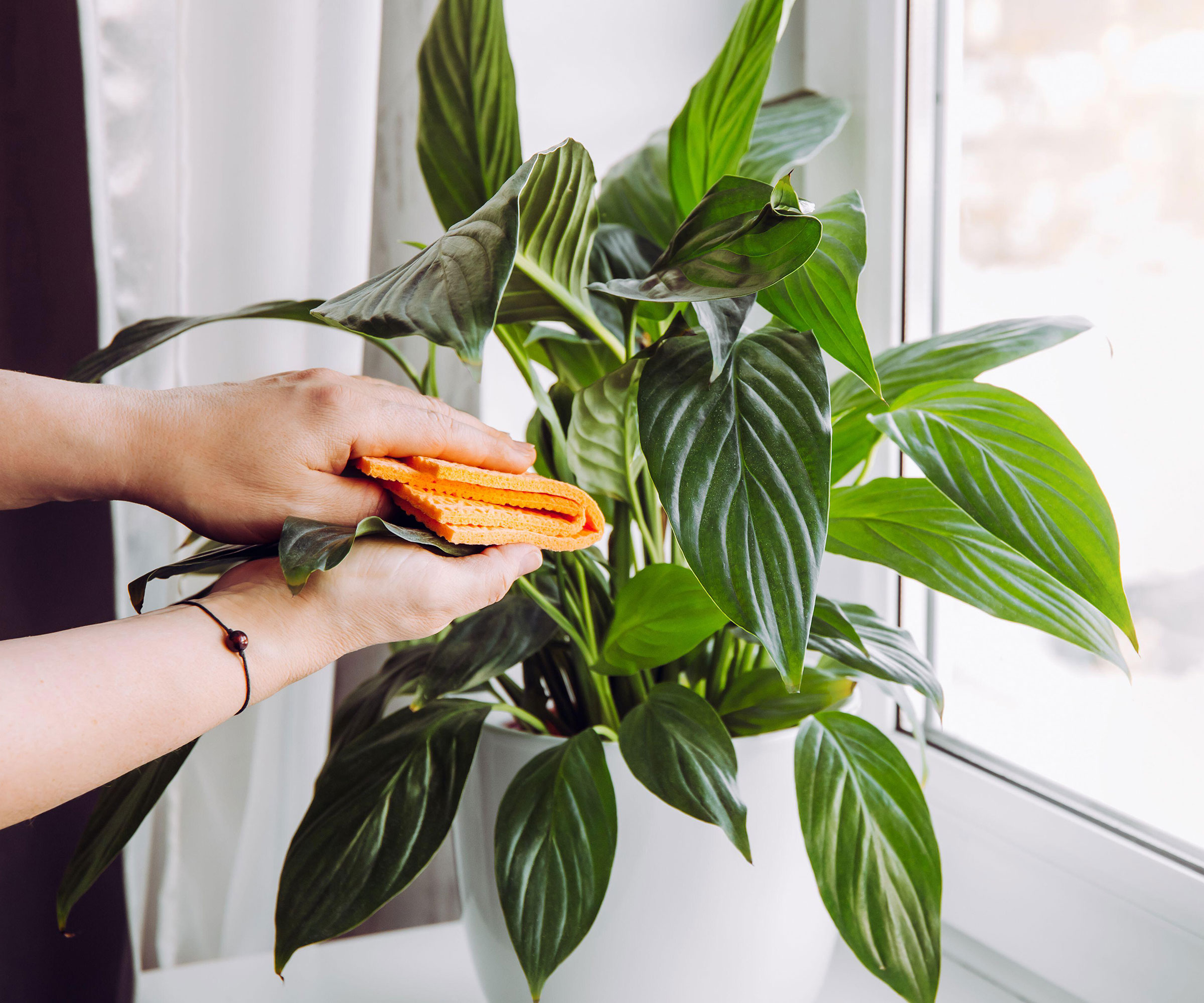How To Love Your Plants: Easy Ways To Pamper Houseplants
Just as there are different kinds of love, there are different ways to cherish your houseplants. Our experts reveal how to love your plants in winter for years of harmony


As a houseplant parent, knowing how to love your plants is something that should come naturally. They add joy and freshness to your home, filter the air, add oxygen, and bring a feeling of the outdoors inside. But while houseplants give so much to enhance your life, they can’t always tell you exactly what they need in return.
This year, consider going beyond the usual care to truly pamper your houseplants. The winter months are a great time to take stock, take a beat, and indulge in a little tender loving care. The dry air and colder temperatures are hard on everyone in winter, including houseplants. So make time for some houseplant winter care and follow this action plan to find out how to make your plant love you back for years and years to come.
Why and How to Love Your Plants
Many of the most popular houseplants are forgiving. They grow in difficult conditions, and tolerate neglect or minimal care. But, if you want to get the most out of your houseplants, it’s well worth going the extra mile. You love your plants, so why not show it? Choose one or more of these ideas for pampering and treating them to something special this winter.
1. Add Humidity

Many houseplants are tropical species that grow in warm, humid environments. The colder, dry air of a North American home in winter can be tough for these plants. Increase the moisture in the air around your houseplants to help them grow and thrive.
The easiest and most effective way to increase humidity for houseplants is to use a pebble tray. Fill a shallow tray with pebbles and top it off with water. Set houseplants on top of the pebbles. The air immediately around the tray and the plants will have more moisture. Placing plants together during winter also increases the humidity in their little microclimate.
2. Get a Moisture Meter
Watering seems like a simple task, but it’s one of the most difficult things to get right when caring for houseplants. Overwatering can lead to root rot, while underwatering will cause a plant to wilt and shrivel. Either scenario can quickly lead to the point of no return at which the plant won’t survive.
As one of the key ways to mastering how to love your plants, a simple solution to getting watering right every time is a moisture meter, an inexpensive tool you can pick up at any garden center. This will help you determine more precisely when a plant needs watering. You can let the soil dry more during winter, but your plants still need adequate water to thrive.
Sign up for the Gardening Know How newsletter today and receive a free copy of our e-book "How to Grow Delicious Tomatoes".
3. Use the Best Water

Yes, there is ‘water’ and ‘better water’ when it comes to houseplants. Treat your plants to water that is warmer and purer than basic tap water. The water from the tap is especially cold in winter. If you have city water, it also likely has chlorine and fluorine in it, chemicals to which plants can be sensitive.
Fill your watering can from the tap and then let it sit overnight. This will warm the water to room temperature and allow some of the chemicals to evaporate. Just be sure the container you use is open at the top. Alternatively, and depending on the weather, collect rainwater for your plants.
4. Get the Light Right
Houseplants generally tolerate low light conditions, but every species has different needs. If you really want your plants to thrive indoors, do some research to find out exactly how much and what type of light they need.
Some plants like indirect or filtered light and will develop leaf scorch if set in a spot with too much bright light. Others need more light and start to grow leggy as they reach toward any meager light in the room. Know your plants and optimize their light conditions for the best results.
5. Clean the Leaves

Our final tip for knowing how to love your plants is to reach into their leaves and touch them! You dust other surfaces in the home, so why not your plants’ leaves? Dust interferes with water movement through the stomata on leaves. It can also get in the way of photosynthesis. Use a damp cloth to routinely clean the leaves on your houseplants to keep them happy and thriving. Houseplant care can be basic, but if you level up and pamper your plants this winter, they’ll thank you with spectacular growth.

Mary Ellen Ellis has been gardening for over 20 years. With degrees in Chemistry and Biology, Mary Ellen's specialties are flowers, native plants, and herbs.